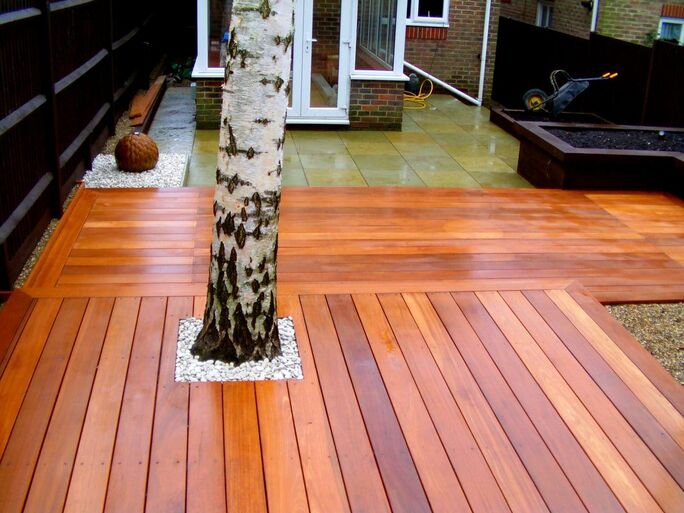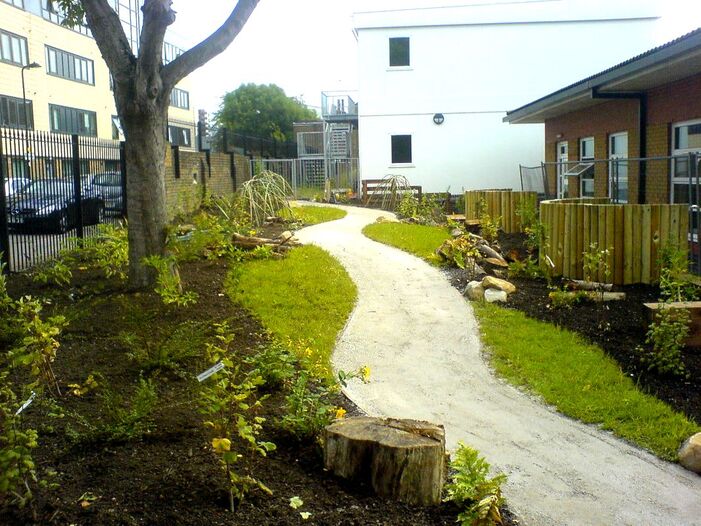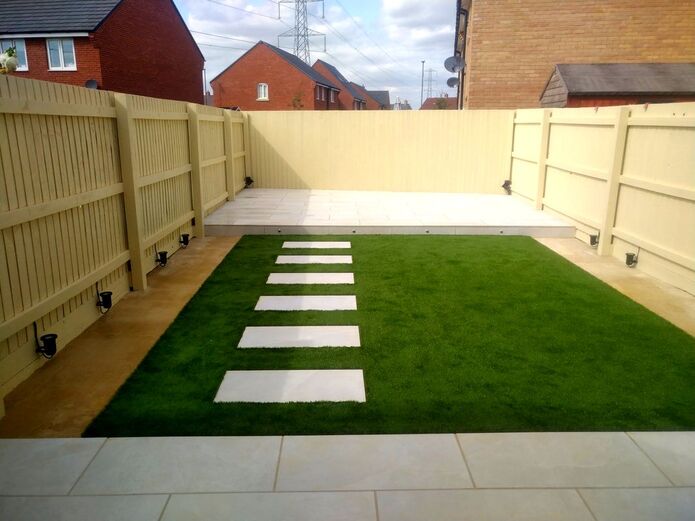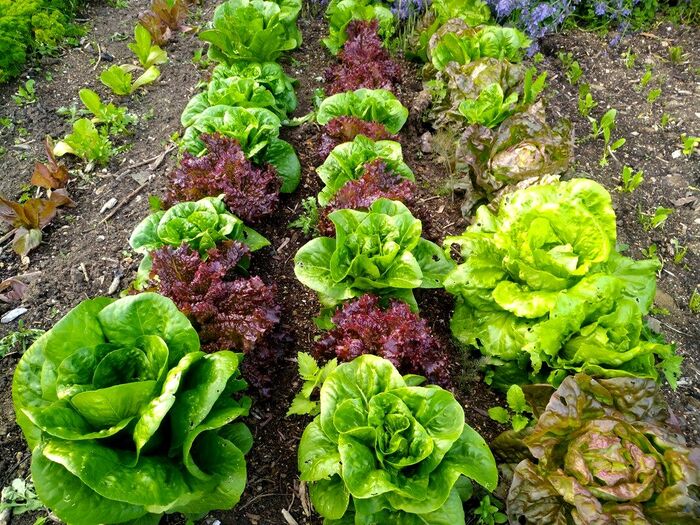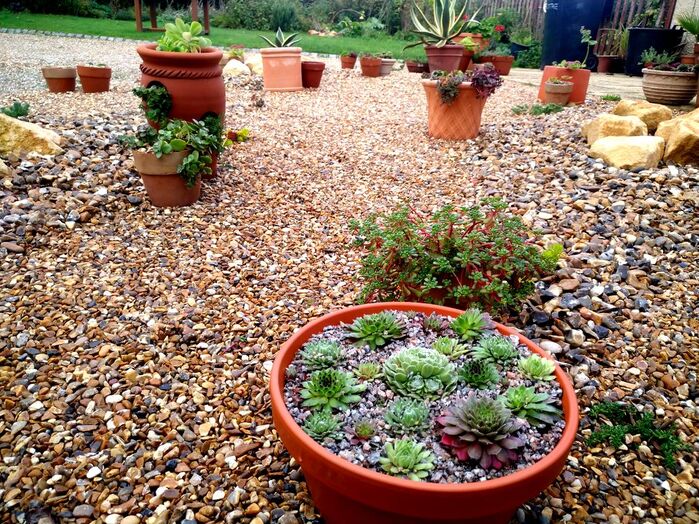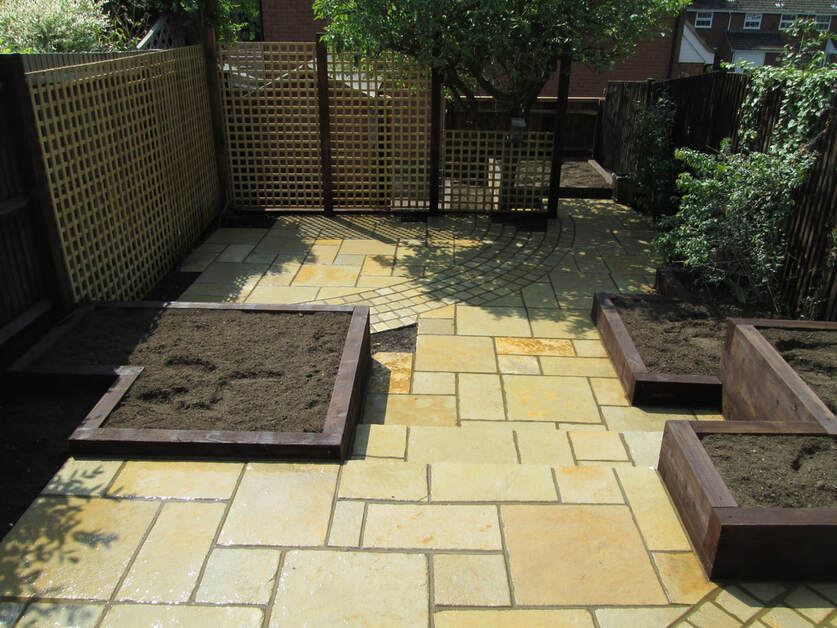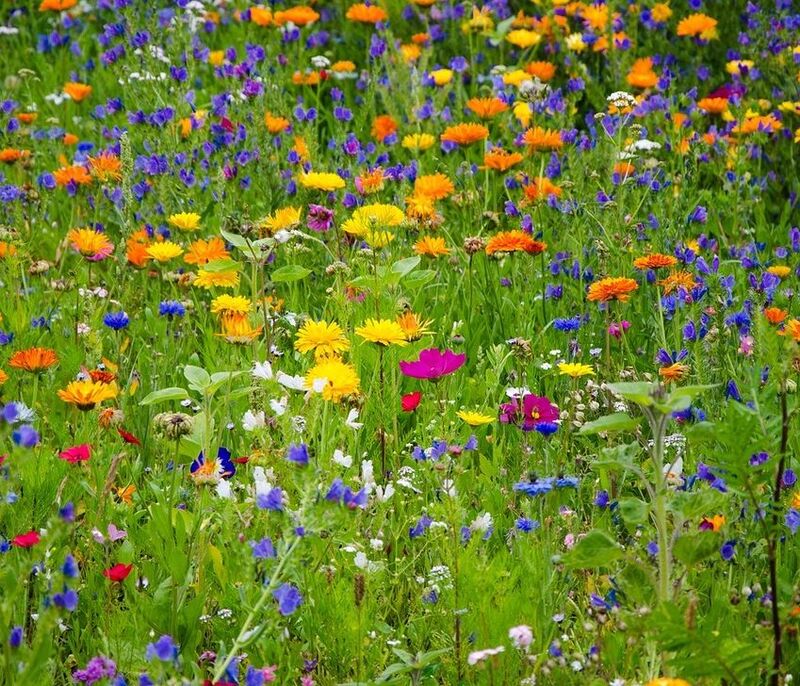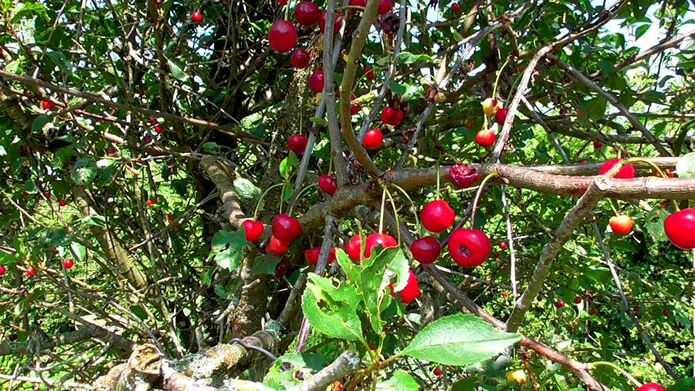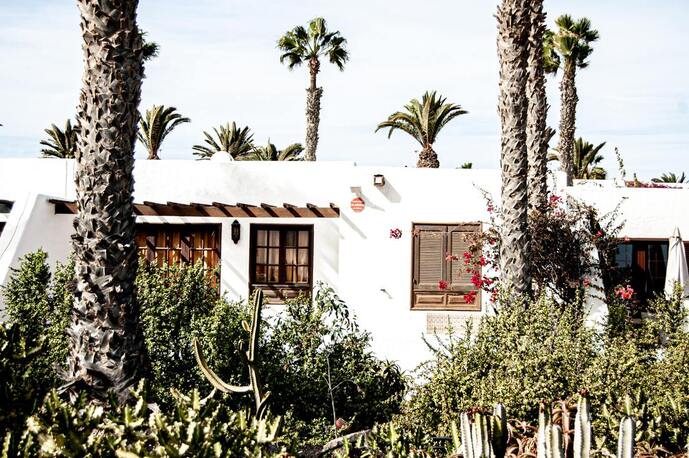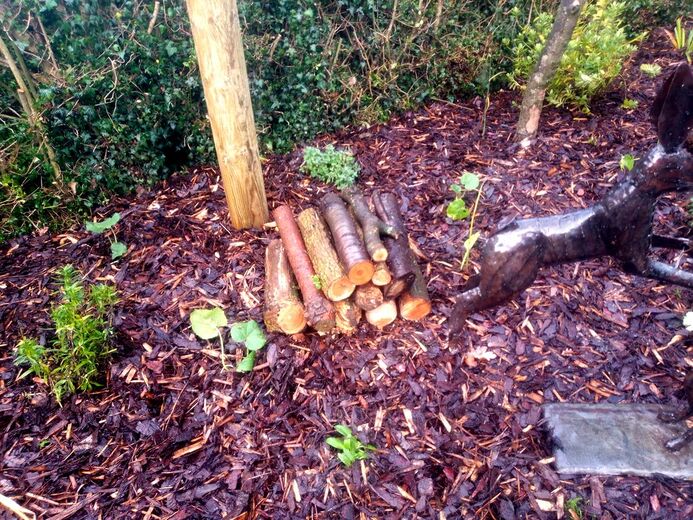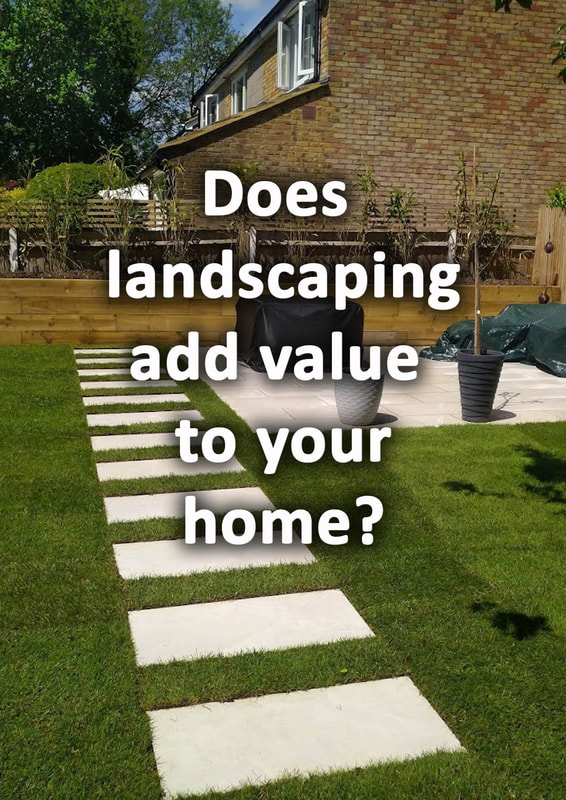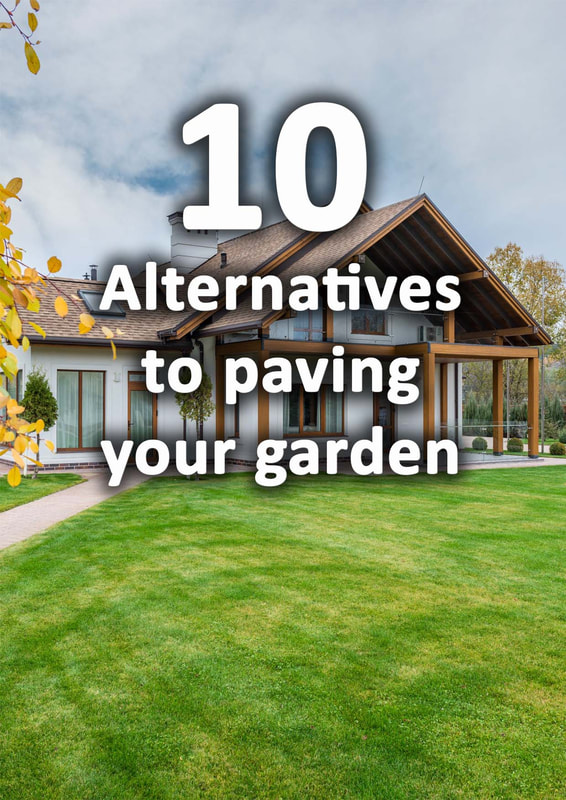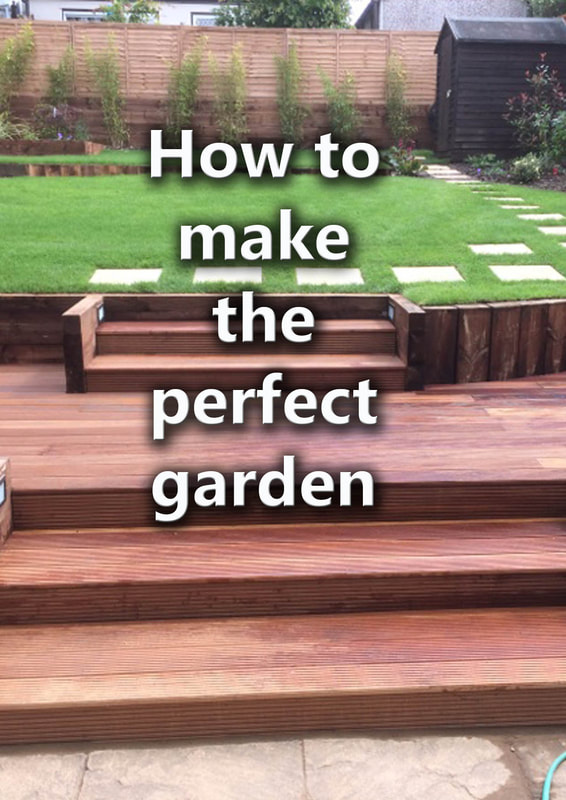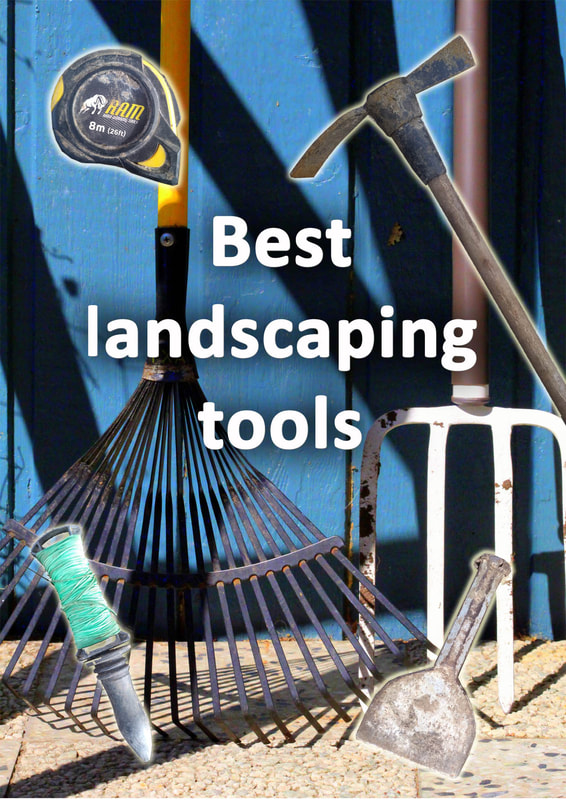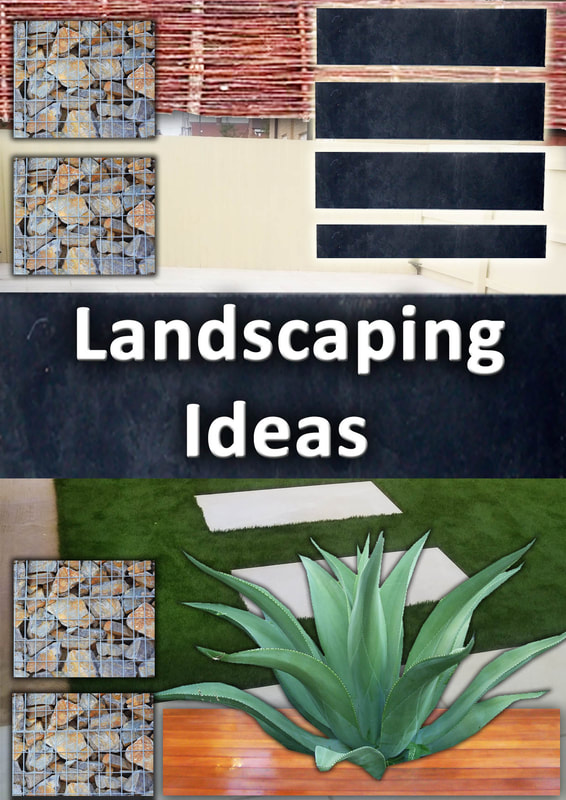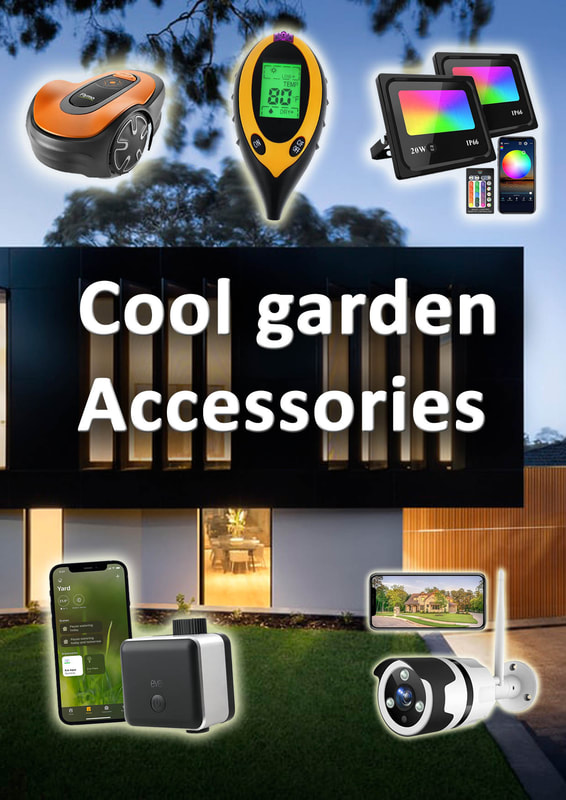|
This article contains affiliate links
Grass lawns have become a must have element of many gardens throughout the ages.
Lawns provide a soft, green and regenerative surface which looks good and is also multifunctional. For some the perfect lawn is a labour of love and something to be admired. However, to some, lawns are an unnecessary chore that they would rather not participate in. The average lawn will need cutting around 12 times per year. This can simply become an annoyance to an already busy household. Consequently, in this article, I will identify and describe 10 garden ideas for no grass. 1. Decking
Decking is an extremely varied and versatile surface which comes in a variety of materials and colours. With decking it is easy to form varying level changes and incorporate other elements such as raised beds. Existing features can be built around while raised beds, water features and focal points can be easily be integrated. Decking provides the unique opportunity to clad over existing gardens with minimal groundwork. Unlike with other surfacing large quantities of topsoil and sub-base aggregates do not have to be shifted. This can literally save thousands and also save time being very rapid to install. However, be warned, decking does not last forever! Even non timber, composite decks will eventually need replacing. Timber frames can degrade while a build up of dirt and algae can turn decks slippery and hazardous. 2. Free binding gravel
Free binding gravel is a finely graded aggregate gravel containing sand, crushed rock and clay. When compacted, it forms a smooth and pleasantly textured surface which binds hard. Self binding gravel has a pleasant aesthetic and comes in a variety of natural colours. This gravel inherits the colour of the bedrock where it is quarried making it perfect for contextual projects. A good example of this would be Cotswold self binding gravel which has the classic, Cotswold cream, tones. This has made binding gravel effective for sustainable projects seeking a reduced carbon footprint. The gravel can be perfect for seating areas, paths and even around planting beds. 3. Artificial lawnArtificial lawn is a surface which seems to grow in popularity every year. The allure of a perfect lawn which never needs cutting can simply be too good to be true. It has to be said the turf has improved dramatically over the past couple of decades. Artificial lawns have become ever more robust, UV resistant and life like! This has provided the opportunity for millions to have the perfect, low maintenance, lawn. However, installing artificial lawn does have its drawbacks! Firstly, installing a robust project will require installing a reasonable depth of compactable sub-base. This involves removing the top level of soil from your garden which is expensive. Furthermore, artificial lawns can inhibit your gardens ability to naturally drain water. This can lead to pooling water and drainage problems. 4. Allotments
Allotments are traditionally communal tracts of land set aside for the growing of fruit and vegetables. There is nothing better a single person can do for the environment than grow their own food! Not only is it good for the planet it is also good for us! Growing vegetables is positive for both our mental and physical health. Home grown vegetables are free from chemicals and also taste much better. Like in an allotment you may wish to create a series of raised beds and add good quality soil. For a lower maintenance option you may wish to grow perennial vegetables! Allotments and vegetable gardens are an exciting and eco friendly way to replace lawns. 5. Gravels
Loose gravels can be a fast and cost effective way to replace a garden lawn. The great thing about gravels is they can neutralise the boundaries between walking areas and planting This is great for arid and desert planting schemes which incoorporate seating areas. Gravels come in a range of size grades, materials and colours providing plenty of choice. The key to replacing lawn with gravel is not scrimping on cost. Make sure you remove some topsoil and spread some sub-base to larger seating areas. Also a minimum depth of 40mm will create enough displacement to prevent weeds from establishing. Why not read our article on how to create a gravel seating area here. 6. Paving
When it comes to the most solid way to replace a lawn, paving is probably the most efficient option. Paving comes in a wide variety of colours, textures and materials. Hard wearing, paved surfaces, if built correctly, will last a lifetime and reduce maintenance to a minimum. However, paving is also probably the most labour intensive and expensive of all your options. Paving over very large areas can look boring and lead to excess surface runoff. Slabbing over lawn areas can also reduce your gardens ability to absorb water. Therefore if you are paving over lawn, make sure you have an effective patio drainage strategy in place. 7. Wildflower meadows
Wildflower meadows were once common across most agricultural landscapes. Historically diverse grasslands were grown and harvested to provide winter food and bedding for farm animals. Meadows evolved to become complex ecosystems for millions of species of insects, invertebrates, reptiles, amphibians, mammals and birds. However, with modern farming came agricultural feeds which removed the need for these precious habitats. Wildflower meadows if managed correctly can be extremely beautiful. Typically cut only once a year a meadow could be the perfect, ecological replacement for a lawn. 8. Food forestsFood forests may be a relatively new idea for many as they are not a mainstream idea. The concept of a food forest is establishing naturalistic forests and scrublands which yield crops. Once established, these forests will provide food year after year with little care of maintenance. Food forests are planted so they capture the suns energy at different heights. This allows for a stacking of nut and fruit crops which leads to a base level of perennial vegetables. The result is an established ecosystem that provides multiple crops throughout the season. For more information on food forests I will reference a very useful book on Amazon here. Below I will provide a video of the author explaining the concept of food forests. 9. Mediterranean gardensMediterranean gardens are well known for their lack of lawns. This is because during the summer months Mediterranean regions are too hot and dry for conventional grass This makes creating such a garden a great idea if you wish to go lawn free. Mediterranean gardens make use of stonework, rock and loose gravels potentially making them very low maintenance. This style is particularly exciting if you have a very sunny site. Gravel surfaces reflect the sun’s ray’s raise and warm up creating a pleasant microclimate. This can extend your season and allow you to grow a greater diversity of plants. 10. Wood chips
Wood chippings and bark mulch are a great way to create a usable garden surface. If laid at a reasonable depth bark chippings can provide a soft surface ideal for seating, planting and play. Bark chippings are really effective at creating cool woodland gardens. These shady garden zones can be the perfect garden retreat during very hot summers. Woodchips also allow excess rainwater to permeate through the ground easily. This helps to reduce flooding and boggy conditions. Woodchips slowly degrade over time by microorganisms, this helps to invigorate and improve your soil. The only drawback with wood chip is as it breaks down it will need to be topped up. Thank you for reading our article on 10 garden ideas for no grass. Below I have included some other articles you may find relevant.
'As an Amazon associate I earn from qualifying purchases'
0 Comments
Leave a Reply. |
The Author
|
Landscaping services across Buckinghamshire, Amersham, Aylesbury & High Wycombe
Hyde Heath, Amersham, Buckinghamshire |
|

